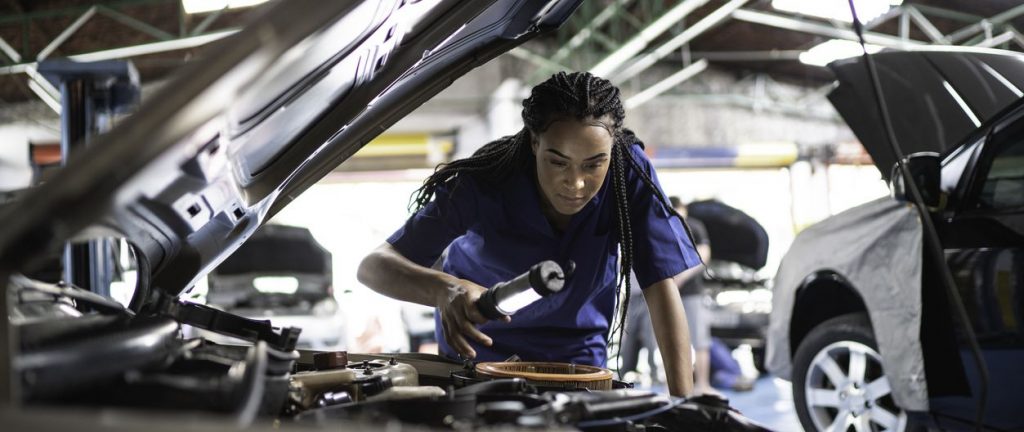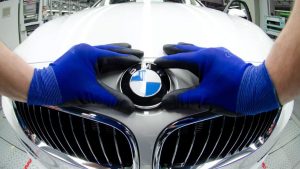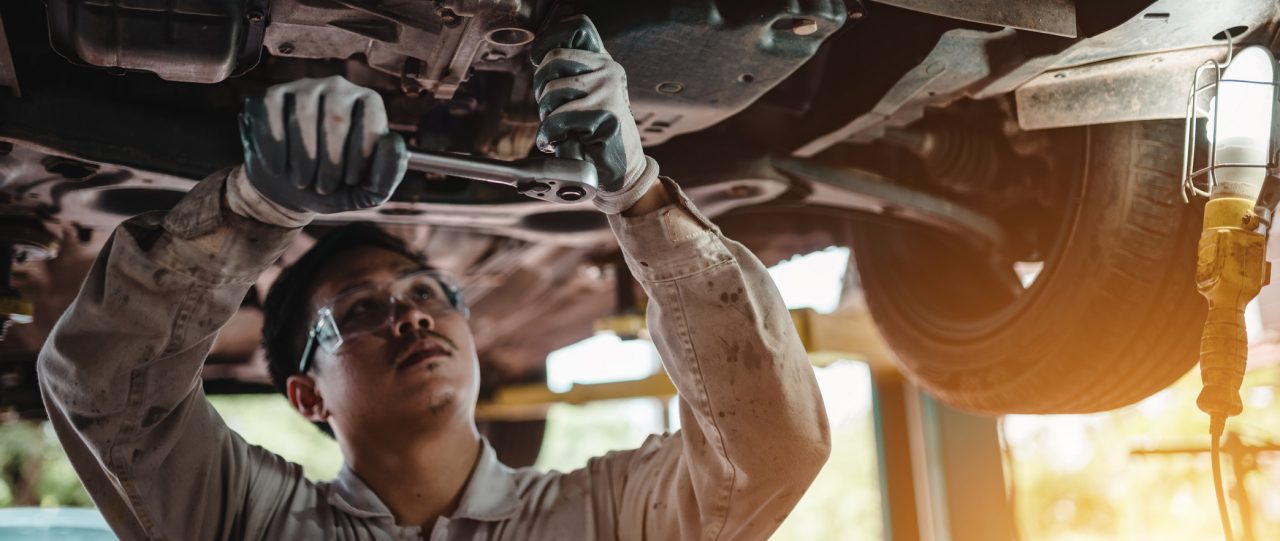High pressure pump
The high-pressure pump is a very clever tool, and also very useful. It fulfills the noble function of providing fuel to the entire automobile, in the required quantities. It feeds the “high-pressure accumulator” properly, thus maintaining the pressure necessary to perform its tasks on a regular basis.
It is capable of preserving pressure, regardless of the engine RPM levels. At present, almost all common rall systems are equipped with systems with individual pumps, the design of which allows them to operate at low pressure. Common rail is an outstanding system throughout Europe, as it is incorporated into all cars assembled on that continent.At present, almost all new cars manufactured in Europe with diesel engines have incorporated common-rail. They stand out in different vehicles with acronyms placed by the manufacturer, among them: cdi, cdti, crdi, dti, hdi, among others. Currently, the most outstanding factories are Bosch, Siemens, and Denso. At the chemical level, some differences can be found, as in the regulation of the pressure and the electrical functionality of the injectors. But mechanically, all pumps act the same.
Advantages of its use
This product undoubtedly has very advantageous properties. Here are some of them:
They are small in size and easy to install. It is only necessary to connect the discharge, suction, power supply, and control routes.
They do not have mechanical fasteners or rotating elements. This is very beneficial since it is usually the accessories of this type that generate many of the failures in this equipment.
Maintenance is simple and fast. Its components resist corrosion. Allows them to operate in areas at risk of explosion.
It does not need any energy during its maintenance hours.
functions
This pump has as main objective, to be able to offer always enough fuel for any task of the vehicle. For this purpose it creates a reserve, which can be used for a sudden start or an increase of pressure in the system. In addition, the pump is very efficient.It is designed to permanently generate the pressure that the system will use to feed the high-pressure accumulator. This demonstrates an improvement in injection systems since in earlier times, the fuel had to be strictly “highly compressed”.
structure. The pump is lubricated with fuel, and in turn driven by the motor, by means of the timing belt. The control valve is attached to the high-pressure pump, although it can also be installed separately. Then, whatever the fuel, it is located inside the pump and is compressed by three pistons. Each of these remains independent of each other. The power required to operate the pump can increase in proportion to the pressure that is adjusted to the rail, as well as the speed of rotation of the pump.
This can be exemplified by the case of a two-liter engine, where the pump can require a power of 3.8kw. The area of the pump that has the greatest need for power is where the flow of leaks and control are located in the injector, in addition to the process of return or return of fuel made by the regulating valve.
operation
The pump transfers the fuel to the safety valve through a filtration process involving a water separator. This is how it drives the fuel, whose instrument is the strangulation drill. The fuel flows through the lubrication and cooling system of the pump.
If the supply pressure exceeds the pressure exerted on the opening of the safety valve, the pump can transport the fuel by means of an inlet valve. It would then go to the enclosure of the element, where it has a constant downward movement. When the lower “dead point” is exceeded, the inlet valve closes, obstructing the outlet of the fuel found in the intake and compression chamber. The only way to get it out of there is by exerting a pressure that is greater than the supply, made by the previous pump. On the other hand, as soon as the pressure on the rail is reached, the pressure formed at the outlet valve drives the compressed fuel into the high-pressure circuit. The piston of the pump mobilizes and transfers fuel until it reaches the upper “dead point”.This phenomenon is known as the supply race. This is how the pressure drops, and this is how the outlet valve closes. The rest of the fuel ends up decompressing as the piston makes its downward motion.
Power supply
This pump was designed for use on long supply days. It is important to note, in turn, that in the partial load standard, there is always an excessive amount of compressed fuel.
This fuel goes directly to the tank, aided by the pressure regulating valve. Because the compressed fuel disintegrates as soon as it places one foot in the tank, the energy it brought to the compression is completely lost. The fuel raises its temperature, and this situation alters the performance in an unfavorable way. Then, in order to overcome this defect, the only thing that could be done is to adjust the power supply to the respective fuel demand. And this goal can be achieved by disconnecting any of the pump elements.
Disconnection of element:
When any of the “pump” elements are switched off, the flow of fuel transported to the high-pressure tank is considerably reduced. This is why the suction valve is kept open.
For this purpose, a spike presses the valve without any rest. This is how the aspirated fuel cannot be compressed in the supply stroke. The result of this process is that pressure is no longer applied in the circuit of the element because the fuel is returned to the low-pressure area.
When any element is switched off, the high-pressure pump will not transport fuel regularly but will experience constant pauses in supply.




